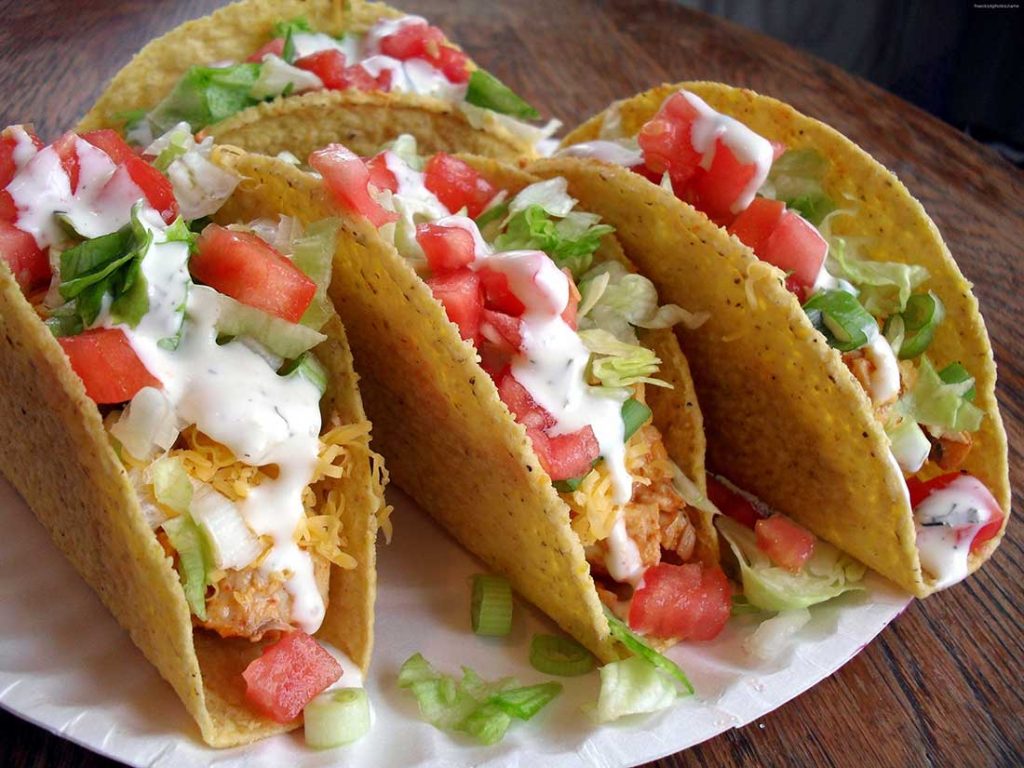One of the oldest cultures in the world, Mexicans have had plenty of time to perfect their cuisine – and that they have. Brimming with flavour, subtle spices and sauces, Mexican food has become a local favourite over the last decade; but the Mexican experience goes much further than tacos or enchiladas. With that, you’ve barely skimmed the surface. There’s plenty of dishes to chose from in a country where eating is a quintessential part of the life.
Chiles: Mexican food wouldn’t be the same without chile. The first chiles were cultivated around 3000 BC, and used by Aztecs to cure respiratory and digestive ailments and reduce tooth and ear aches. High in Vitamin A, C and B, they were also used to make a deep heat rub. With over 100 varieties of chile, they ARE the flavour of Mexico, with the average Mexican consuming more chile each year than either onions or tomatoes.
As the Mexican Consul General explained though, it’s not the spice that the Mexicans love but rather the taste of the chile they’re addicted to. Chiles have a wide range of tastes and some can actually be rather sweet. One general rule applies – the smaller the chile, the hotter it is, while a yellowish orange vein or interior is another dead giveaway for a spicy pepper. Contrary to belief, the spiciness is in the veins and not the seeds, which are hot only because they are in contact with the vein.
Corn: Corn is both nutritionally and spiritually important. The first ear of corn was planted around 5000 B.C. with Indians believing God had moulded humans from corn. There are over 700 dishes that use corn as a base including various syrups, desserts, tacos, tortillas and quesadillas, Although bread was once the main dividing factor in the country with Europeans favouring wheat bread and Mexicans, corn based tortillas, mechanisation helped the tortilla become more widely accepted, as the time consuming hand-milling process was replaced with machines in 1890’s. Despite mechanisation, tortillas are far from standardised, made as they are from white, yellow, blue or red corn. According to Mayan legend they were invented by a peasant 12,000 years ago to satisfy his hungry king – a multi purpose finger food that serves as a plate and a tasty wrap to almost any filling. The traditional deep fried and crispy taco is made from a tortilla, as are quesadillas (quesa meaning cheese).
Salsa: Salsa is one of the most common condiments in Mexico. It can vary in spiciness and flavour, with the basic salsa, the Mexicana, served with almost every meal and made from chile, garlic, tomato, water, lime juice, and onion. The most common is salsa verde, a classic Mexican hot sauce that accompanies everything from tortillas to broiled meat, which has bits of avocado added to give it a rich texture, and salsa costena, a hotter condiment which blends 2 varieties of chile.
Tequila: Tequila – part and parcel of enjoying Mexican cuisine. The best tequila is produced from the blue agave, a type of cactus found only in the region of Tequila, 50km north of Guadalajara, the capital of the state of Jalisco. Once considered the macho thing to drink, it has a much more refined reputation now.
Mexican Menu
Burrito: any combination of beans, cheese, meat or seafood seasoned with salsa or chile and wrapped in a flour tortilla.
Chilaquiles: crisp tortillas with chicken, onion, cream, fresh cheese and salsa
Empanadas: pastry turnover with either savoury or sweet filling that can be baked or fried
Enchiladas: meat or cheese wrapped in tortillas and covered in red or green salsa, cream and melted cheese
Frijoles: beans, of which there are almost 100 varieties
Guacamole: mashed avocado mixed with lime juice, chile or red pepper. Onions, tomatoes and coriander are sometimes added Nachos crispy corn chip often topped with cheese
Taco: a small folded corn tortilla filled with meat and other ingredients
Tortilla: a round flatbread made with corn or wheatflour
Quesadillas: a flour tortilla with savoury cheese filling, topped with sour cream and guacamole

